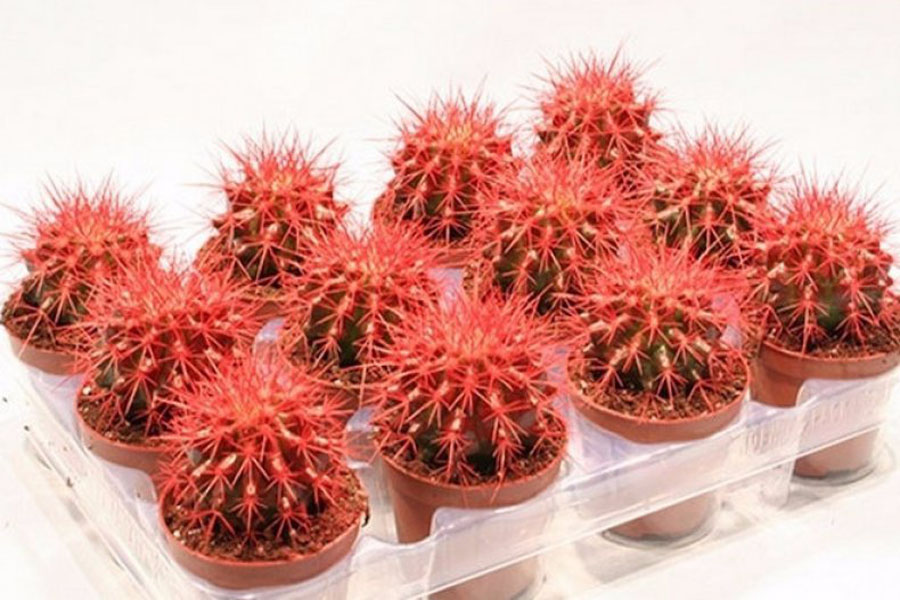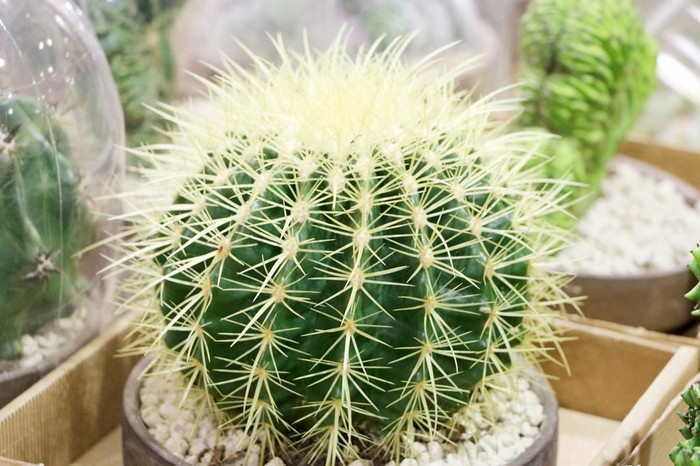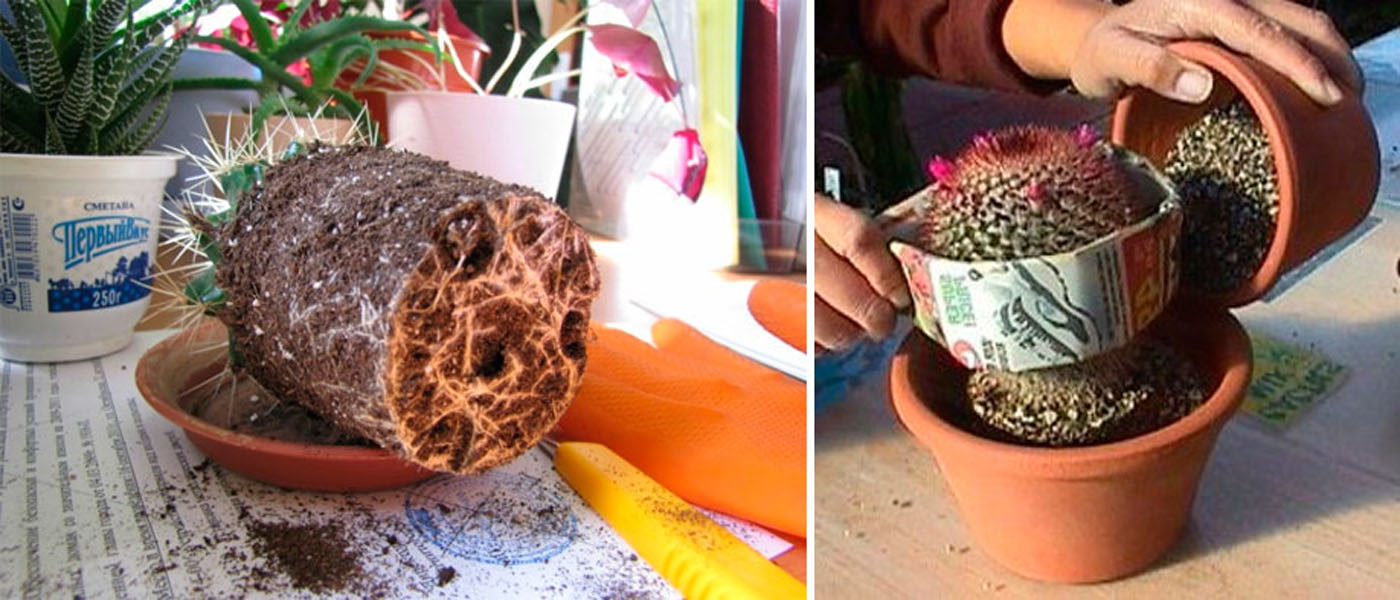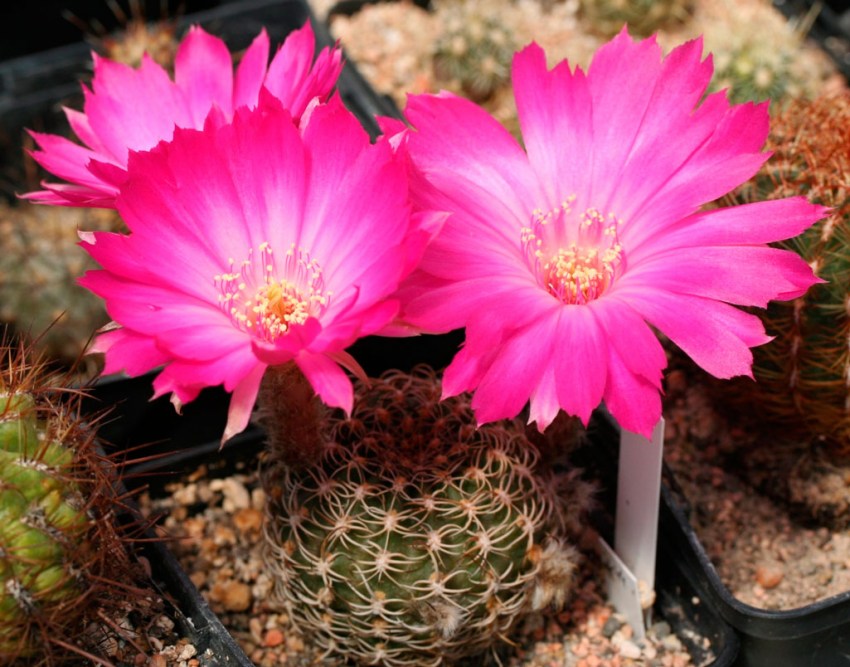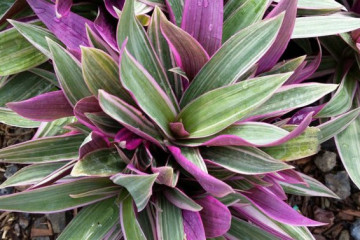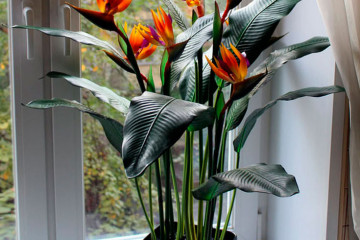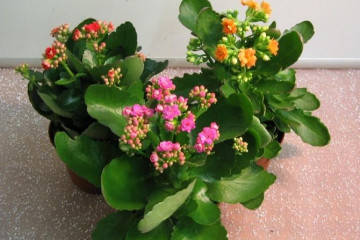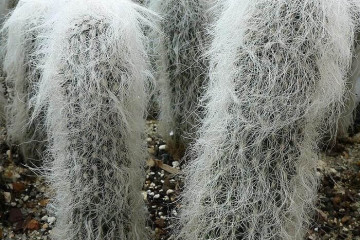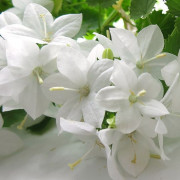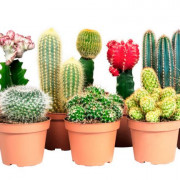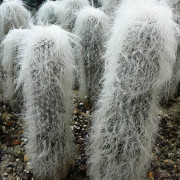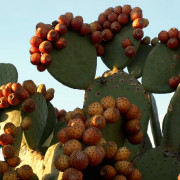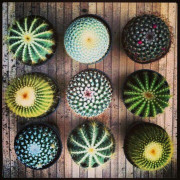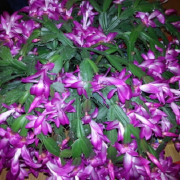Echinocactus gruzoni: examples of home care
Content:
In home floriculture, different types of desert cacti are grown, for example, Echinopsis, Achinocereus, Ferocactus, Rebutia. The hedgehog cactus, or Echinocactus, belongs to the genus of globular desert cacti.
There are several types of Echinocactus in nature:
- Echinocactus Gruzoni;
- Echinocactus Rainbow;
- Echinocactus horizontal;
- Echinocactus Parry.
The plant was first discovered in Mexico in the 19th century. The succulent was named after Herman Gruzon, an engineer, industrialist, philanthropist and famous cactusist of the 19th century.
Description
The plant is also called the golden barrel, the golden ball. The succulent got its name due to the spherical shape of the stem at a young age and barrel-shaped at a mature age. According to scientists, cacti can live up to 500 years.
The stem has a ribbed surface. The ribs are densely covered with white or light yellow spines. With age, the thorns acquire a light brown color. Stem color is dark green.
Large pubescent areoles in the upper part of the stem unite to form a beautiful yellow cap. Two types of spines grow from each areola: central and radial. The central ones grow up to 5 cm, the radial ones - up to 3 cm. The spines, depending on the type of cactus, can be straight and curved.
In their natural habitat, the height of succulents can reach 3 m and 1 m in diameter, in houses their diameter does not exceed 40 cm.
The plant has several varieties, which differ from each other in the length, thickness, color and shape of the thorns.
For example, Echinocactus grusoniivar intertextus has beautiful curved spines, Echinocactus grusoniivar subinermis, on the contrary, has very small spines, Echinocactus grusonii f. monstruosa differs in that it grows in different directions, has short yellowish-white spines and a fringe.
Echinocactus Gruzoni red
Flower shops sell Gruzoni cacti with red thorns. This color of the needles is unnatural for a cactus. It is obtained by artificial coloring using food colors that are added to sandy soil.
With watering, the succulent will absorb the dye, and gradually the needles will acquire the desired color. Thus, the needles are tinted not only in red, but also in bright yellow, blue and green colors. Full staining takes several years.
If food coloring is used for tinting, then it will not harm the health of the plant.
Home care for Echinocactus Gruzoni
Succulent Echinocactus is easy to care for. Therefore, it is quite in demand among flower growers.
Lighting
The plant needs good lighting, so flower pots are placed on southern or southeastern windowsills. It is not afraid of direct sunlight. However, if the lighting is not enough, then this can lead to falling of the thorns. In place of the fallen ones, new ones will grow, but they will be thinner and paler than their predecessors, the plant itself will lose its beautiful appearance.
After the winter dormant period, it is not recommended to immediately install the flower pot on the southern windowsill, as direct sunlight can burn the trunk.Succulent is gradually taught to the sun. Therefore, in the spring it is necessary to shade the cactus.
Humidity and temperature
Cactus is a thermophilic plant, however, if the ambient temperature rises above 30 ° C, the plant slows down or stops growing. The optimum temperature for echinocactus grusonii during the growing season is 20-25 ° C.
Succulent is rather picky about humidity and develops well in dry air. However, in very hot summer, it is advisable to periodically spray the cactus with water from a spray bottle.
You also need to periodically place the plant under the shower in order to remove the dust that accumulates between its edges.
Watering and fertilizing
In summer, the plant is watered no more than once a week. It is better if watering is carried out by immersing the pot in a container with settled warm water. After that, allow excess water to drain into the pan. To prevent the roots from rotting, water is also immediately removed from the pan.
During the growing season, once a month, the plant is fed. For these purposes, special compositions intended for cacti are purchased in the store. They contain a minimum amount of nitrogen. For this, fertilizers are used: Gilea, Stimul, Flovit and others.
Wintering
How to care for Echinocactus in winter? Winter is the time when the dormant period for the cactus comes, so the room temperature is lowered. It should be in the range from +10 to + 15 ° С.
If the pot is on the floor, then you need to insulate it from the cold cover. You can install the flower on wooden slats or put a rag under it. If this is not done, the roots may freeze.
The lighting is not reduced even during this period. In autumn, watering is carried out once a month, in winter it is stopped. Also, during this period, feeding is not carried out.
Planting and transplanting
The cactus is transplanted as needed, at least 1 time in 2 or 3 years.
It is better to take a shallow flower pot. Its size should be 3-5 cm larger than the old one. The best time of the year for transplanting is spring.
To grow a cactus, the soil is either bought ready-made, or they prepare the soil mixture on their own.
Soil composition:
- 2 hours sod land;
- 1 tsp sand;
- 1 h. Leafy earth;
- 0.5 hours of fine river gravel or brick chips.
You can also add crushed charcoal to the mixture. This will protect the succulent roots from fungal attack.
Before transplanting the plant, it is advisable to disinfect the soil and flower pot. To do this, the soil mixture is placed in the oven for half an hour, the container is poured over with boiling water several times.
Transplant procedure:
- Remove the cactus from the container. Examine the root system. Remove rotten and broken off roots. Powder damaged areas with crushed activated carbon. After that, the cactus is placed in a dry container for 3 days. During this time, cuts will heal on the roots.
- Fill the container with a drainage layer 1-2 cm thick. Expanded clay, small pebbles, broken brick are suitable as a drainage material.
- Fill up with a small layer of soil.
- Place the cactus in a pot, straighten its roots.
- Cover the roots with soil. Shake the pot slightly to distribute the soil evenly between the roots. Lightly compact the soil.
- Top up with a small layer of small stones.
- Place the pot in a dimly lit room. Maintain the temperature in the range from 24 to 27 ° С. Start watering after half a month.
Echinocactus bloom
The cactus begins to bloom in late spring - early summer at the age of more than 20 years. In addition, Gruson's Echinocactus enter the flowering period if the stem diameter is at least 40 cm.
The buds are usually formed at the top of the stem, sometimes they can be arranged in several tiers. The cactus blooms with single yellow, pink or red flowers, shaped like bells.
The flower tube is short, with a felt edge. The petals are narrow, also covered with a fringe. Flower length - up to 7 cm. In the evening, the flower closes.
After pollination in place of flowers, inedible dark chocolate-brown fruits are formed.
Breeding options
Succulent plants are propagated by seeds and babies. The second option is simpler. However, children rarely appear in Echinocactus. This usually happens when the tip of the cactus is damaged.
The baby is first carefully separated from the parent, then planted in a prepared container.
Seeds
To breed cacti with seeds, you must:
- Soak the seeds for several hours in water, then for 10 minutes in a weak solution of potassium permanganate.
- Prepare the container. Germination requires a wide and shallow box or sand pot.
- Put the seeds on moistened sand and sprinkle a little on top with a sandy layer 1-2 mm thick. Cover the container with a plastic bag.
- In order for the seeds to germinate normally, it is important to organize periodic ventilation of the greenhouse. Watering is not performed at this time.
- Seedlings appear within 20-30 days.
- Young succulents dive and plant in separate pots.
With proper and constant care of Echinocactus, the plant will delight its owners with a beautiful appearance and beautiful flowers.
